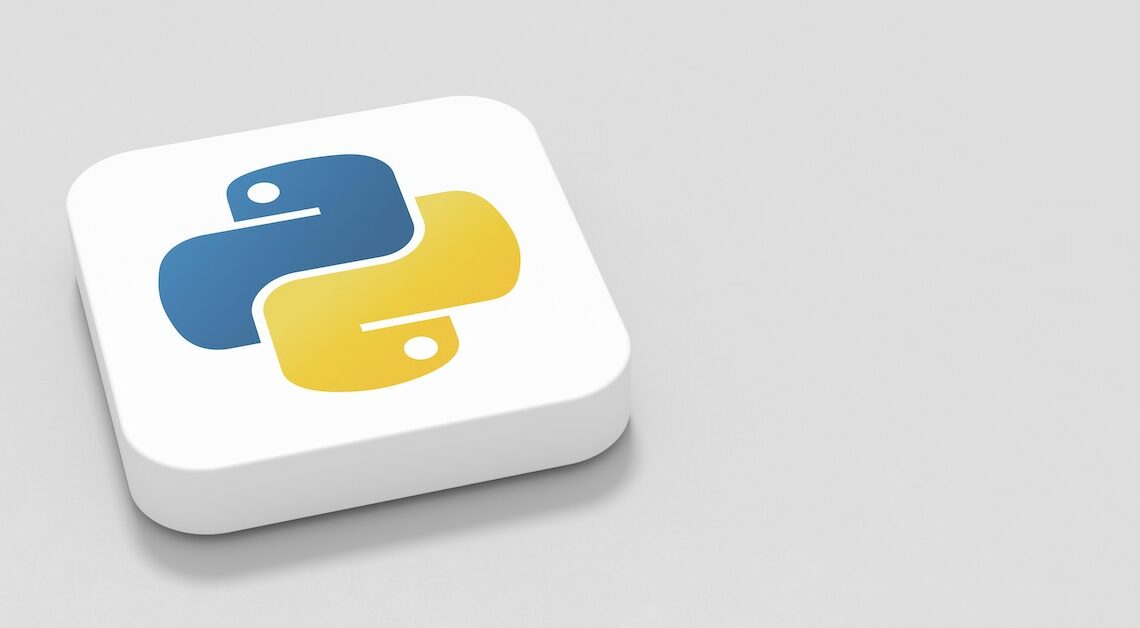
If you want to learn the popular programming language Python, you can use a variety of resources and programming environments.
How to learn Python
Python is one of the most popular programming languages in the world and is used by both beginners and experienced programmers. Learning Python has become very easy for beginners and advanced learners thanks to the many offers on the Internet, at adult education centers, in books or at universities.
- Start learning Python with a VHS course, simple online tutorials, or books that teach you the basics of programming and basic Python syntax.
- Use interactive platforms such as Codecademy, Coursera or Udemy to gain initial practical experience.
- Create small projects to apply what you've learned. This could be a simple game, a calculator, or a to-do list.
- Use online resources like GitHub to explore and contribute to open source projects.
- Choose an area that interests you, such as web development, data analysis or artificial intelligence, and deepen your knowledge in that area.
- Take online courses or specialized blogs and tutorials to learn advanced concepts.
- Stay up to date by learning the latest Python versions, new libraries and frameworks.
- Connect with the Python community to share ideas and find new inspiration.
What is Python?
Python is a versatile programming language and was developed by Guido van Rossum in 1991. It is characterized by a simple syntax and high flexibility. In addition, Python is mature due to the many years of development. These are probably reasons why the language is used by developers worldwide.
- Python uses a clear and easy-to-understand syntax that allows even beginners to quickly get started with programming. The language is suitable for both small scripts and large projects.
- Python provides an extensive standard library that allows you to solve complex tasks with little code. This library covers many areas, from web development to data analysis.
- Python can run on almost all operating systems, including Windows, macOS, and Linux. This makes it possible to write Python code once and run it on different platforms.
- Python has a large and active community that is constantly developing new packages and tools. There are numerous forums, mailing lists and conferences that encourage knowledge sharing and collaboration.
Advantages and disadvantages compared to other beginner languages
Python is often considered the ideal beginner language, but how does it compare to other popular beginner languages?
- Python has a very clear and concise syntax that allows beginners to progress quickly.
- Python is used in many areas, from web development to data science to machine learning.
- There are many tutorials, books and online courses designed specifically for beginners.
- Compared to compiled languages such as C or C++, Python is slower, which can be a disadvantage for computationally intensive applications.
- Python is not the best choice for developing mobile apps as other languages like Java or Swift are better suited for this.
- Python consumes more memory than some other programming languages, which can be problematic in applications with limited resources.
